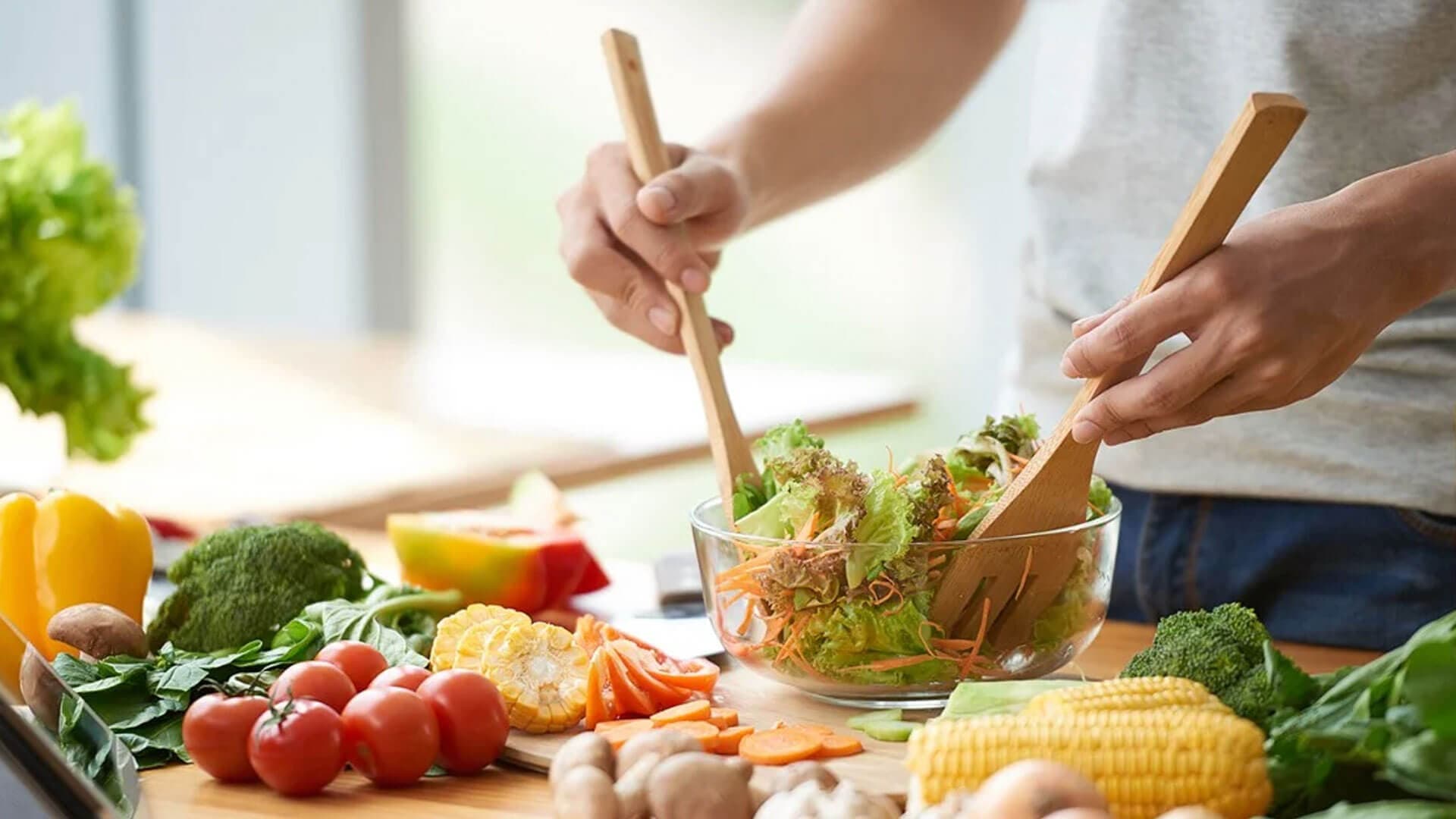Nutrition Guide for Achilles Tendon Recovery

Your diet plays a powerful role in how well and how quickly your Achilles tendon heals.
While rest, rehab, and physiotherapy rebuild strength and mobility, nutrition provides the building blocks for tendon repair, collagen formation, and inflammation control.
Let’s explore what to eat — and what to avoid — during Achilles tendon recovery.
The Science Behind Tendon Healing
After an Achilles rupture or surgery, your body launches a complex healing process that unfolds in three stages:
- Inflammation (Days 1–7) – Swelling brings immune cells to the area to begin cleanup.
- Proliferation (1–6 Weeks) – Fibroblasts create new collagen fibers to rebuild the tendon.
- Remodeling (6 Weeks–12 Months) – Collagen fibers realign and strengthen under progressive load.
Your body’s ability to produce strong, flexible collagen depends heavily on amino acids, vitamins, minerals, and hydration — all of which come from food.
Key Nutrients for Tendon Repair
1. Protein
Protein provides the amino acids necessary to rebuild tissue.
Aim for 1.6–2.2 g per kilogram of body weight daily, spread throughout the day.
Top sources:
- Lean meats and poultry
- Fish and seafood
- Eggs
- Greek yogurt and cottage cheese
- Plant proteins (tofu, lentils, beans)
🥩 Pro tip: Eat 20–30 g of protein within an hour of physical therapy sessions to enhance recovery.
2. Collagen + Vitamin C
Collagen is the primary structural protein in tendons.
Taking collagen peptides (10–15 g) about 30–60 minutes before rehab may boost collagen synthesis — but only if combined with vitamin C.
Pair collagen with:
- Citrus fruits (oranges, kiwis, grapefruits)
- Strawberries, bell peppers, or broccoli
- A glass of orange juice or vitamin C tablet before training
3. Omega-3 Fatty Acids
Omega-3s reduce excessive inflammation during the early phase of healing.
Best sources:
- Salmon, sardines, and mackerel
- Chia seeds and flaxseeds
- Fish-oil supplements (consult your doctor before use post-surgery)
4. Vitamin A, Zinc, and Copper
These micronutrients are essential for tissue growth and collagen cross-linking.
- Vitamin A: sweet potatoes, spinach, carrots
- Zinc: oysters, pumpkin seeds, beef, chickpeas
- Copper: nuts, seeds, shellfish, dark chocolate
5. Vitamin D and Calcium
If you’re immobilized or less active, bone density can decrease.
Adequate vitamin D and calcium support bone health and muscular balance.
- Vitamin D: sunlight, salmon, fortified dairy or alternatives
- Calcium: yogurt, cheese, leafy greens, almonds
6. Antioxidants
Oxidative stress can slow healing. Antioxidant-rich foods protect cells and support immune function.
- Blueberries, raspberries, and cherries
- Dark leafy greens
- Green tea and turmeric (curcumin)
Hydration and Recovery
Dehydration reduces nutrient transport and joint lubrication.
Aim for 2–3 liters of water daily, or more if you’re sweating during rehab exercises.
Add electrolytes (like magnesium and potassium) if you’re doing longer rehab sessions or using a stationary bike.
Foods to Limit
- Excess sugar – promotes inflammation
- Ultra-processed foods – high in additives and trans fats
- Excess alcohol – interferes with protein synthesis
- Low-protein “snack diets” – slow tissue repair
Think of recovery as a time to fuel like an athlete, even if you’re not yet training at full intensity.
Supplements (Optional but Helpful)
If your diet lacks key nutrients, these may help — but consult your healthcare provider first:
- Collagen peptides + vitamin C
- Fish-oil (omega-3)
- Vitamin D3 (especially in winter months)
- Magnesium glycinate for muscle recovery and sleep
Building a Daily Recovery Meal Plan
Here’s a simple framework:
| Meal | Example | | ------------- | ------------------------------------------------------------- | | Breakfast | Greek yogurt with berries, chia seeds, and a drizzle of honey | | Snack | Collagen shake with orange juice | | Lunch | Grilled salmon, quinoa, and spinach salad | | Snack | Mixed nuts and green tea | | Dinner | Chicken stir-fry with colorful vegetables and brown rice | | Hydration | Water + electrolytes throughout the day |
Final Thoughts
Nutrition won’t heal your Achilles tendon alone — but it can accelerate recovery, reduce pain, and support stronger tissue remodeling when paired with consistent rehab and rest.
Think of food as part of your treatment plan, not just your diet.
Related Reads:
👉 Mental Health During Achilles Tendon Rupture Recovery
👉 Returning to Sports After Achilles Injury